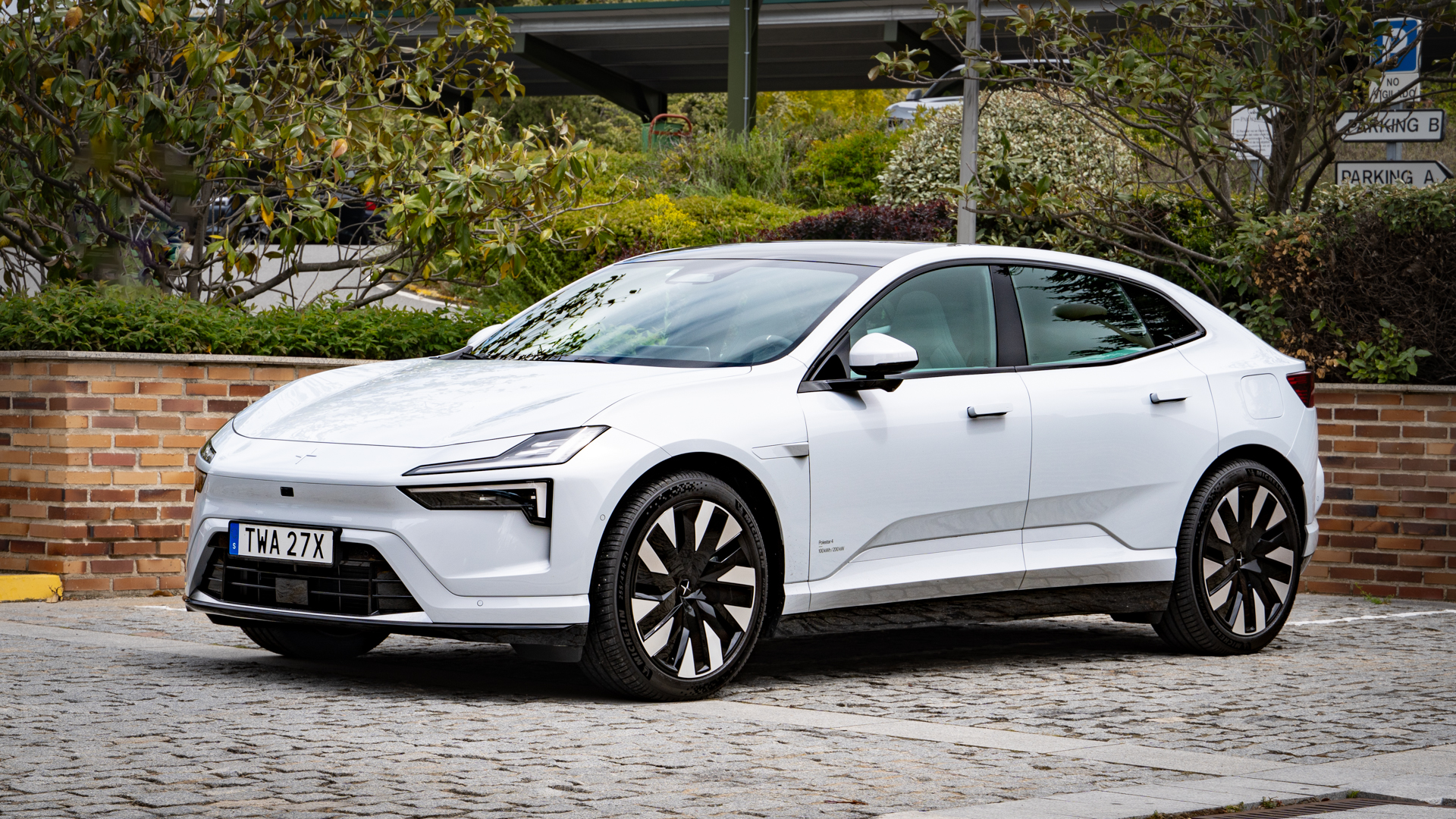

We need a new vocabulary to describe electric cars like the Polestar 4. The Swedish carmaker says its fourth child is an “electric SUV coupe”, but that doesn't really help. To my mind, and perhaps yours too, an SUV is the sort of car we used to call a 4X4 or an off-roader.
The Polestar 4, with its relatively low roof (for an SUV, which it isn’t) and swooping lines, seems more like a saloon, albeit a slightly taller one than normal. It’s a lot like the similarly undefinable Jaguar I-Pace, but since that’s about to be killed with no successor, such a comparison isn’t helpful.
New cars might not be objectively bad anymore, but, just as quickly, they’ve become fiendishly tricky to define. We could instead refer to the Polestar 4 as “that car without a rear windscreen,” since it’s the first this side of a limited-run, track-focused hypercar to have no glass at the back. It’s really quite jarring the first time you see it, like when Formula One introduced the halo to protect drivers’ heads, but equally similar is how you soon forget all about it.
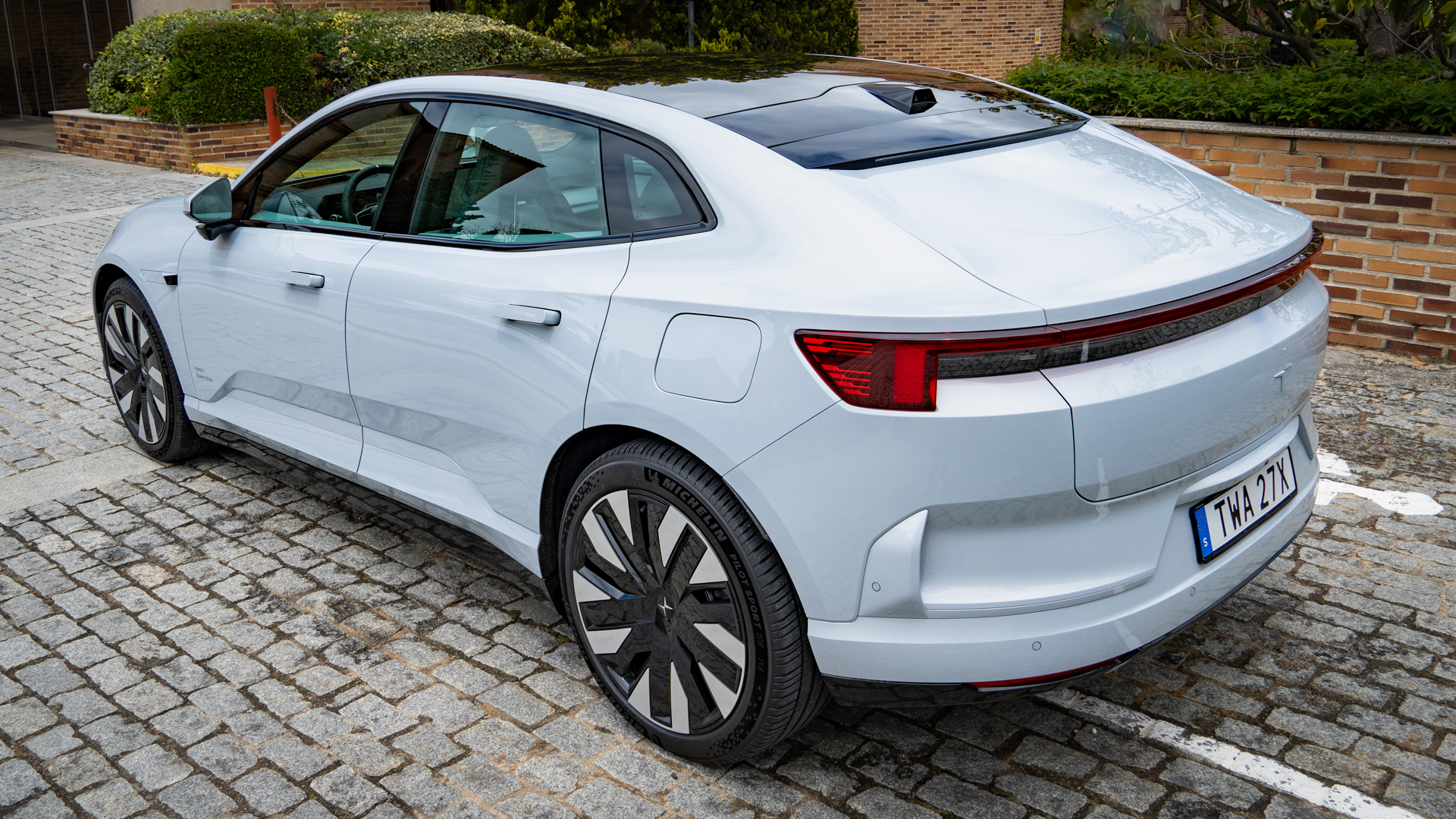
So long as you’re happy to look at a video feed on the central mirror instead of a reflection – and thus see a wider, clearer view of the road behind, without a needless glimpse of the rear seats – you’ll soon acclimatise. Unless you need to check on the kids, of course, but Polestar has thought of that and you can flick a little lever to turn the screen into a mirror/child monitor whenever you need it. Naturally, driving with your dog in the boot simply isn't going to work.
Instead of causing a stir for the sake of it (I don’t think Swedes really do that) the removal of the rear screen improves headroom for passengers on the second row. It’s really rather lovely back there, the way the roof lining arches round the back of your head, cocooning you like the seats at the pointy end of a long-haul flight.
Your view above and ahead is of uninterrupted sky, while subtle ambient lighting behind the headrests make up for the illumination lost by the rear screen. It’s a groundbreaking rewriting of the car design rulebook, but performed with the sort of discreetness I imagine comes naturally to a Swedish startup.
Polestar has taken a simple, reliable and well-matured technology – a camera and a screen – and demonstrated how it can be used to improve something as fundamental as rear headroom. That in turn means the 4 gets to keep its coupe-like good looks instead of turning into a high-roofed SUV.
Sign up to the T3 newsletter for smarter living straight to your inbox
Get all the latest news, reviews, deals and buying guides on gorgeous tech, home and active products from the T3 experts
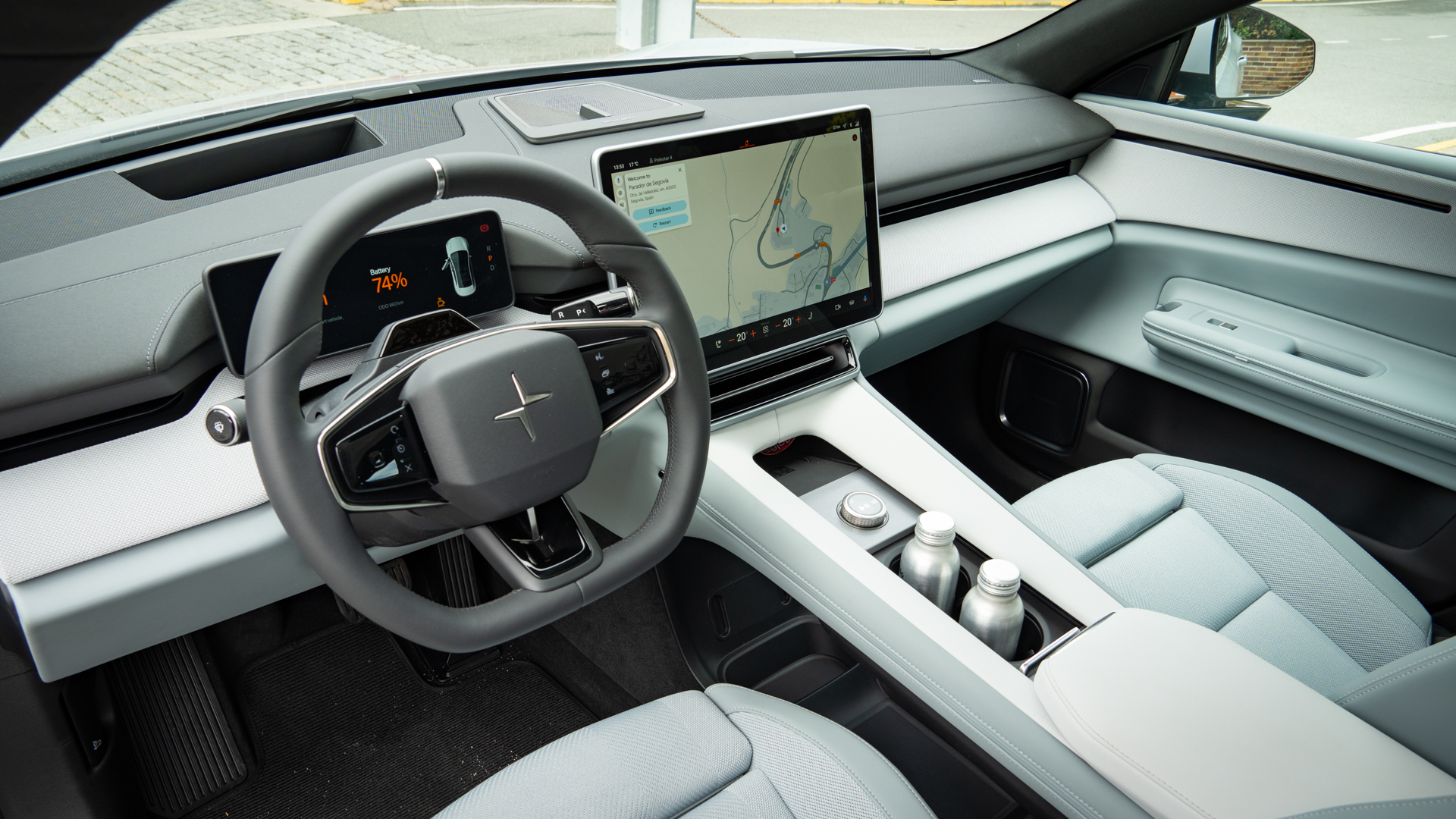
I know aesthetics are subjective, but I think it’s a fantastic-looking car, inside and out. The trademark Polestar face is there, along with the company’s admirably restrained approach to surface detailing.
There are two variants to pick from. The first starts at £59,990 and is called the ‘Long range Single motor’. Polestar likes to keep things simple in the naming department. That single motor drives the rear axle and produces 200 kW (268 horsepower) and 343 Nm (253 lb-ft) of torque. That’s enough to see it sprint to 60 mph in a spritely 6.9 seconds, while the WLTP range is a claimed 385 miles.
For an extra £7,000 there’s the ‘Long range Dual motor’, which has the same 100 kWh battery pack, the same 400-volt system architecture, the same maximum charge rate of 200 kW and the same 124 mph top speed.
The difference is the second motor, attached to the front axle and boosting total output to 400 kW (537 horsepower) and a whopping 686 Nm (506 lb-ft) of torque. All that umph brings the 0-60 mph time down to a supercar-like 3.7 seconds. Range takes a dip, but is still respectable at a claimed 367 miles WLTP. Drivers of either model can expect to fill from 10% to 80% in about 30 minutes on a rapid public charger.
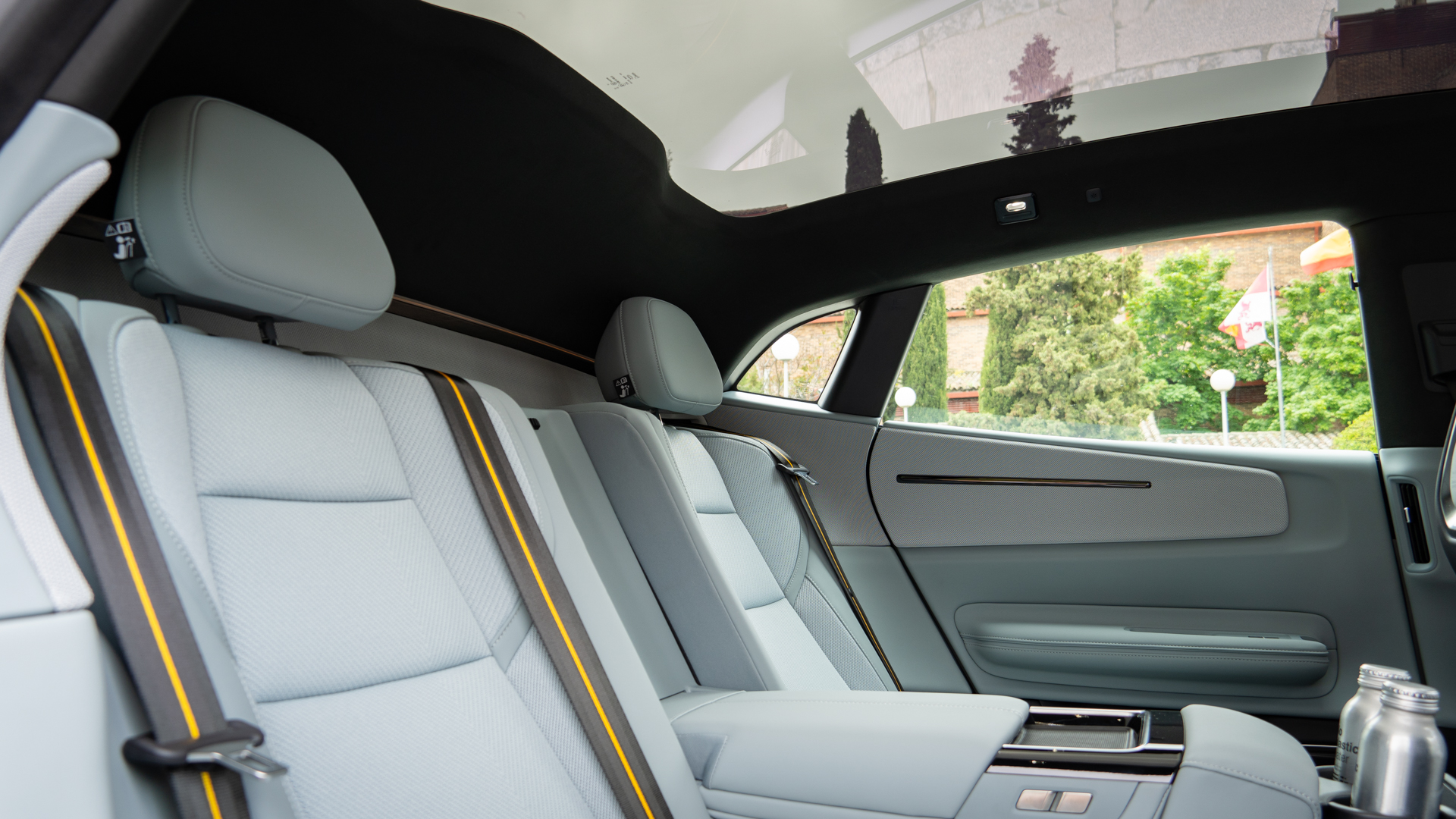
You might be tempted to splash out on the more powerful model, since such a significant increase in performance costs relatively little. But unless you live in a climate where you’ll make regular use of all-wheel-drive – or you really need the extra towing ability, at 2,000 compared to 1,500 kg – I suggest you stick with the single-motor. That’s the one I drove, and while I’m keen to try the quicker model, I doubt the regular car would ever feel lacking in everyday driving.
Whichever you choose, you’ll be the proud new owner of an EV that attempts to blends sporty poise with everyday practicality in a way that has quickly formed the foundations on which Polestar is building a serious rival to the establishment.
My time with the 4 was limited, but right away it impressed with its airy, stylish cabin, precise steering and decent damping. You’d have little idea this car weighs over 2,200 kg in single-motor form, such is the pleasing light-footedness on display from your very first steering input.
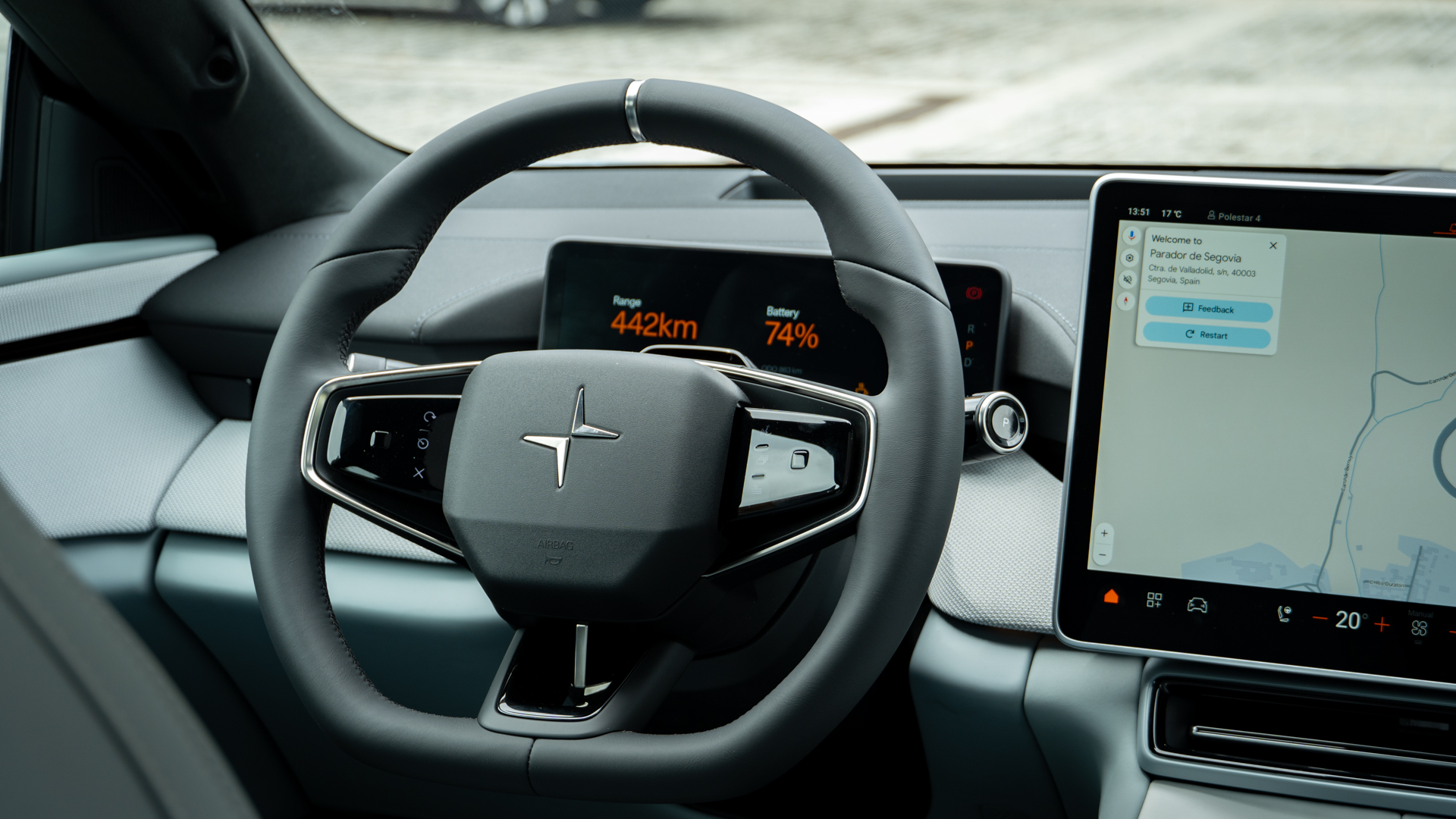
There’s actually another key difference between the two variants of Polestar 4. The single-motor makes do with passive dampers, while the dual-motor is treated to active ZF dampers. These are then accompanied by stiffer springs and anti-roll bars if you add the Performance pack.
I’m intrigued by the active dampers, especially since the base model already rides well, and wonder if the stiffer Performance pack is worth the extra £4,000. If you’re weighing that up, the pack also includes a set of 22-inch wheels, Brembo brakes and ‘Swedish gold’ seatbelts, valve caps and brake callipers.
Inside, Polestar has resisted the cost-saving trend adopted by others, of removing the driver display and relocating the speedometer to the central screen. Thankfully, the 4 has a 10.2in readout behind the steering wheel for speed, battery, range and navigation prompts, plus a 15.4-inch display on the dashboard for everything else. The landscape orientation of this screen differs to the portrait screen of the Polestar 3, but the jury’s out on whether one approach is better than the other.
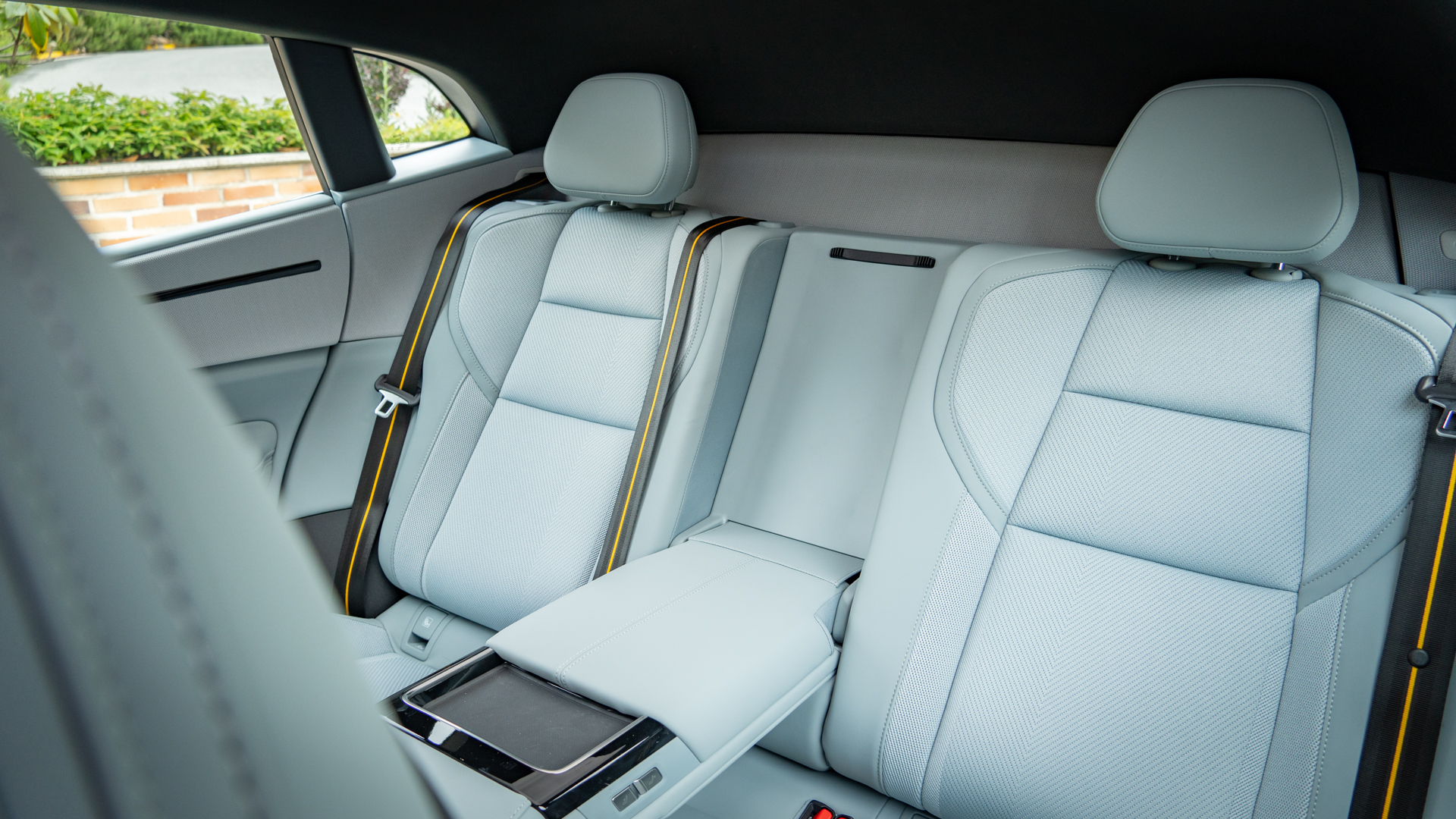
Like other Polestar screens, the 4’s is clear, sharp and responds quickly. Some drivers are bound to still miss physical temperature controls, but at least Polestar’s interface is one of the most intuitive on the market. It runs Google’s Android Automotive system, with native access to Google Maps, Google Assistant and the Play store, plus music from Spotify and 5G connectivity. It’s an admirably slick system, and iPhone fans will be pleased to hear Apple CarPlay is also included.
The 4's really is a wonderful interior. Minimal and clean without feeling cold and spartan, it exudes in all the ways we’ve to expect from Polestar’s reserved but sophisticated approach to car design and ergonomics.
Also welcome are the traditional indicator, wiper and gear selector stalks, as their roles have mercifully not been relegated to the touchscreen or haptic buttons on the wheel. The same cannot be said for the mirror controls, however, which are accessible via a couple of screen taps and presses of a set of unmarked buttons on the wheel. It’s an annoyance at first, albeit a relatively minor one.
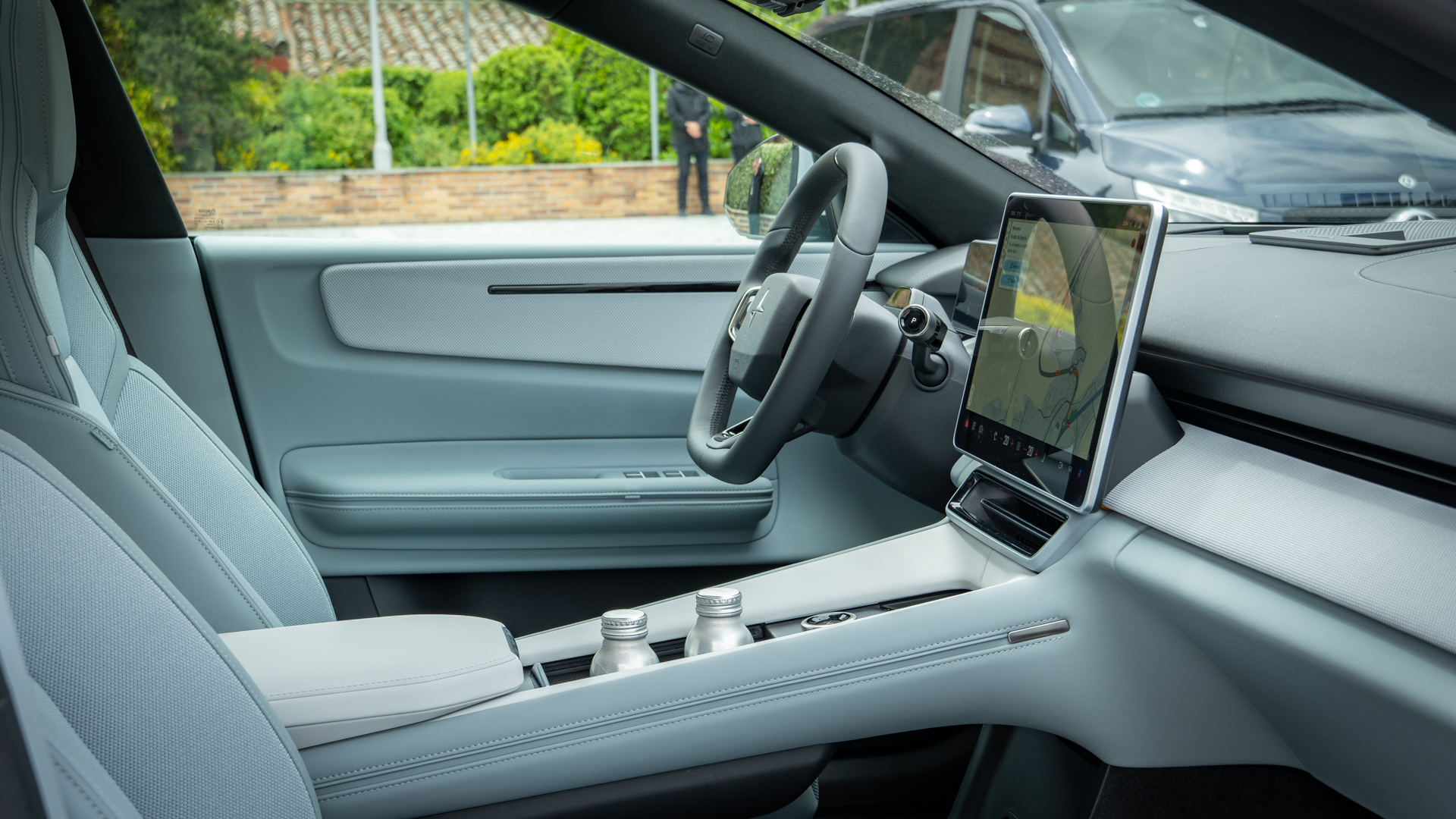
Out onto the road, and right away the Polestar 4 feels good. There’s the sort of stiffness we’re all becoming used to in electric cars, but it otherwise rides nicely. The steering is great and there’s even a sense of fun lurking just below the sensible Scandi surface.
I only drove the single-motor, rear-wheel-drive variant of Polestar 4. It has a decent turn of pace, but doesn’t pin you into the seat as I suspect the dual-motor version will. Do you want your otherwise sensible family car to do that? It seems plenty of early EV adopters do, but for the majority of buyers the lower price and extra range of the standard car should make it the better option.
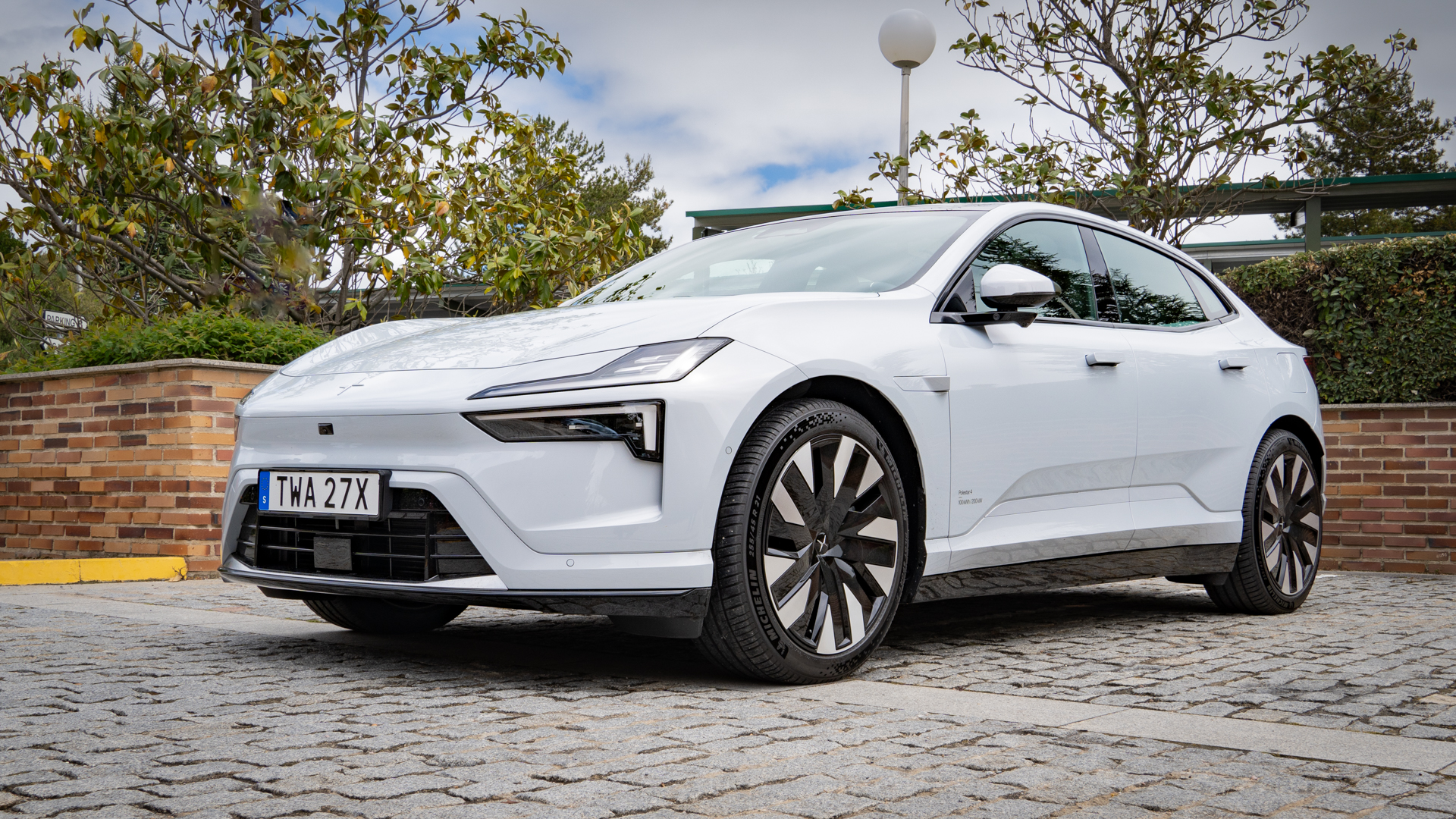
Polestar is well and truly into its stride now, and with the 3 and 4 it has quickly expanded from a one-car startup into a fully-fledged EV company with three excellent vehicles on offer. If you don’t need the height of a proper SUV, like the larger and pricier Polestar 3, and wish to stand apart from a crowded sea of mid-size SUV crossovers, the Polestar 4 is as enticing as they come.
Alistair is a freelance automotive and technology journalist. He has bylines on esteemed sites such as the BBC, Forbes, TechRadar, and of best of all, T3, where he covers topics ranging from classic cars and men's lifestyle, to smart home technology, phones, electric cars, autonomy, Swiss watches, and much more besides. He is an experienced journalist, writing news, features, interviews and product reviews. If that didn't make him busy enough, he is also the co-host of the AutoChat podcast.

